History, art, beauty. This is the Riviera del Brenta that joins Venice and Padua through the river of the same name. A place with a history that has its roots in the times of the Serenissima and that has seen its banks embellished over the centuries by beautiful villas that can still be visited today.
It has become one of the most interesting tourist destinations in Veneto, but the Riviera del Brenta has also developed a very rich industrial sector, which sees, among all the activities, the shoe industry, the jewel in the crown that has made this area of Italy famous throughout the world.
History of the Riviera del Brenta
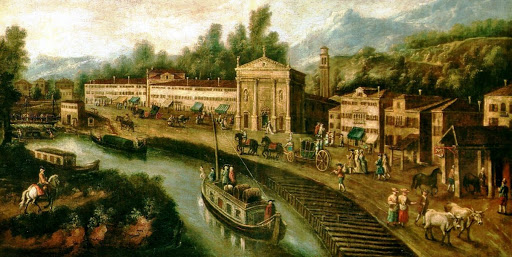
Today when we talk about Riviera del Brenta we mean the urban area, part of the metropolitan city of Venice, which extends along the course of the river Brenta. This, having reached Stra as it flows from west to east, continues its journey until it flows into Fusina, in the lagoon of Venice.
In addition to the urban centers that overlook the Brenta, such as Malcontenta, Mira, Dolo and Stra, are considered part of the Riviera also those a little more inland such as Vigonovo, Campagna Lupia and Fossò.
What makes the area famous and interesting from a historical-landscape point of view are certainly the villas that were built between the 16th and 18th centuries by the richest and most powerful Venetian families of the time.
The development of this area, along the last stretch of the river Brenta that leads from Padua to Venice, began at the time of the Serenissima Republic.
It was in fact April 17, 1345 when the Great Council of the Republic of Venice abrogated a law that had been in force until then and that prohibited the citizens of the Serenissima from buying land on the mainland.
An important date because from that moment on the noble Venetian families were authorized to move part of their commercial interests along the banks of the river Brenta.
The villas today are still largely visible along the course of the river Brenta and testify to the power of the Venetian patrician families who built their residences here to spend their summer holidays, far from Venice.
These residences allowed their inhabitants to continue to lead the same social and worldly life to which they were accustomed.
Like the villas built in the same years in other areas of Veneto, those on the Riviera del Brenta shine as unique, solitary and at the same time splendid places.
Their owners, as said, belonged to the aristocracy, but it is important to consider how many social classes actually gravitated around residences of this type. We cannot consider the owners alone, but also the architects, builders and decorators, right down to the servants and gardeners.
Over the years, the Riviera del Brenta has been the destination of illustrious visitors, including Casanova, Galileo Galilei, Lord Byron, Gabriele D'Annunzio, the royalty of France and Russia, the Habsburgs and the Savoy.
This "locus amoenus", as the ancients would have defined it, has been represented in art by great artists such as Tiepolo, Guardi and Canaletto. Thanks to their works it was therefore possible to freeze in time fragments of an era of great splendour and today to witness the appearance of the Riviera del Brenta area in the 18th century.
Even literature does not fail to mention this area.
Praised for its beauty by Goethe, the setting for Carlo Goldoni's opera buffa "Arcadia in Brenta", this area was however already mentioned a few centuries earlier even by the father of the Italian language: Dante Alighieri.
There are in fact two places that appear in Canto V of Purgatory, Oriago and Mira, now located at the beginning of the Riviera in the stretch that corresponds to the SR11 that leads from Marghera to Padua.
Here are the verses reported in a plaque affixed outside Villa Moro, in Oriago:
“Ma s'io fosse fuggito inver la Mira, quando fu' sovraggiunto ad Oriaco, ancor sarei di là ove si spira.”
Itineraries along the Riviera del Brenta
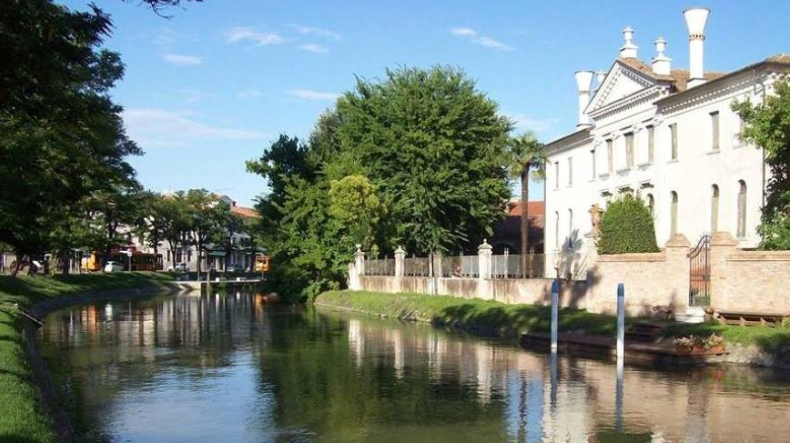
The Riviera del Brenta is a land of a thousand surprises. In addition to offering art, history and culture with its wonderful villas, it also allows you to live experiences of true relaxation among nature.
The solutions are different, such as for example to travel along the stretch of Brenta embellished by the beautiful villas with a boat or, for those who are more sporty, take advantage of the bike paths or decide for a walk between nature and art.
And that's not all. The area, precisely because it borders the Lagoon of Venice, also allows you to visit a unique ecosystem.
Gastronomy is also another feather in the cap as well as being an important component for this area and absolutely to try.
In the many restaurants you can in fact taste many typical delicacies of the area with a cuisine that has fish and shellfish as its main ingredients, given the long history that links the Riviera del Brenta to the Serenissima Republic. From family-run trattorias to prestigious locations, also for events, in ancient residences.
The villas of the Riviera del Brenta
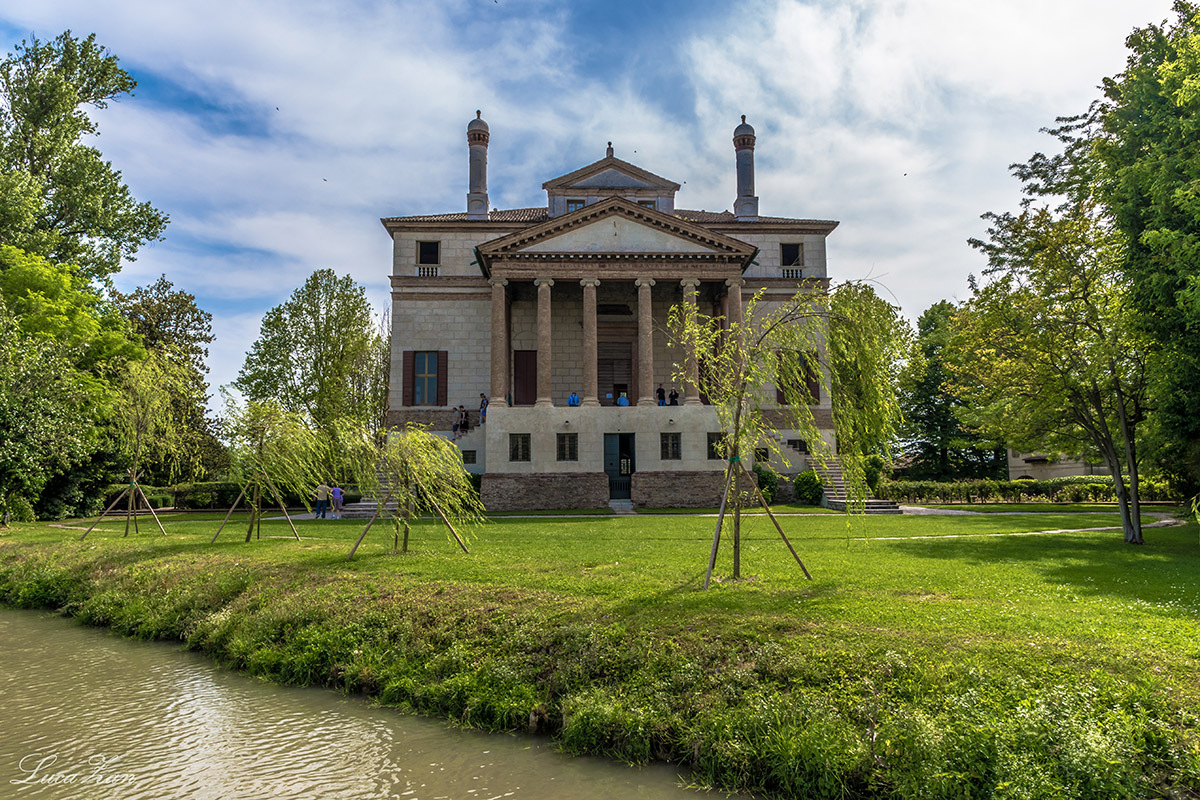
Let's try to imagine what it meant for the wealthiest Venetian patricians to come to the Riviera to spend their summer holidays.
The journey was by water. From Venice they went up the navigable canal of the Brenta thanks to a boat called Burchiello. This boat, now used in its modern version for tourist cruises along the river, was once pulled from the banks by the strength of men, oxen or horses. The goods instead were transported by boats called Burci.
The villas were presented as country residences structured in a single complex that included the manor house and the buildings used for various types of services. This meant that there were three different types of villa:
the villa-farmhouse, which thanks to agriculture had found a new source of wealth.
the villa-tempio, a meeting place for artists and intellectuals.
the villa-house, a representative building where parties and banquets were held.
Many are the villas still present today in the long stretch of the Brenta called Riviera. Between these two precious pearls known and envied all over the world: Villa Foscari called "La Malcontenta" and Villa Pisani.
Villa Foscari, better known as "La Malcontenta" is a small jewel framed between the rows of weeping willows. A building realized by Andrea Palladio for the brothers Nicolò and Alvise Foscari in the mid 1500s, an example of the most accomplished use of the techniques of the famous Venetian architect. The particular name "la Malcontenta" seems to originate from a legend dating back to 1800 and whose protagonist is the unhappy owner of the villa.
The villa rises not far from the lagoon and is a single block, on three floors, with inside decorations by Giovanni Battista Zelotti and Battista Franco.
Villa Pisani in Stra, now a National Museum, is the most beautiful and famous of all the buildings built along the Riviera del Brenta.
It was built in the 18th century on commission of the noble and rich Venetian family Pisani of Santo Stefano, an important branch of the Pisani family. The construction of the majestic Villa Pisani began in 1735 and the work was commissioned to the Paduan architect Girolamo Frigimelica. This, however, only carried out the construction of the stables and some decorations in the garden area. The actual project of the villa is therefore mainly attributed to Francesco Maria Preti.
Worthy of note is the large park with one of the most famous labyrinths in Europe. Inside the villa 114 rooms with valuable frescoes including "Gloria della famiglia Pisani" by Gianbattista Tiepolo.
The villa was sold by the Pisani to Napoleon Bonaparte at the beginning of the nineteenth century and over time has seen guests many royalty and important figures of history, culture and international politics.
Many others are worthy of note such as Villa Widmann in Mira and Villa Foscarini Rossi in Stra where the shoe museum is located.
Riviera del Brenta: a waterway between Padua and Venice

Thanks to the interventions of cleaning and reorganization of the rivers, which took place in the 50s, it was possible to restore navigation along those ancient waterways that at the time of the Serenissima saw many Venetian families among the most visible.
Today river navigation along the Brenta is no longer a necessity for transport as it once was, but a way to visit and experience the territory. Since 1960 it has been possible to travel along the Brenta with the Burchiello, a tourist boat that allows you to see the beauty of these places from a different perspective.
The Burchiello, between March and October, operates as a tourist line that from Padua, through the Riviera del Brenta, leads to Venice. A route to be included among the things to do because it allows you to retrace history, art and time.
In addition to the Burchiello there are also services for renting boats for events or excursions. A way to make routes and visits customizable according to the needs of the participants.
Another way to get to know the Riviera is by bike along the same route of the Brenta, but with the possibility to go inland to visit the territory. Villas, nature and relax. A unique opportunity to immerse yourself in a slow pace experience.
The naturalistic oasis of Valle Averto
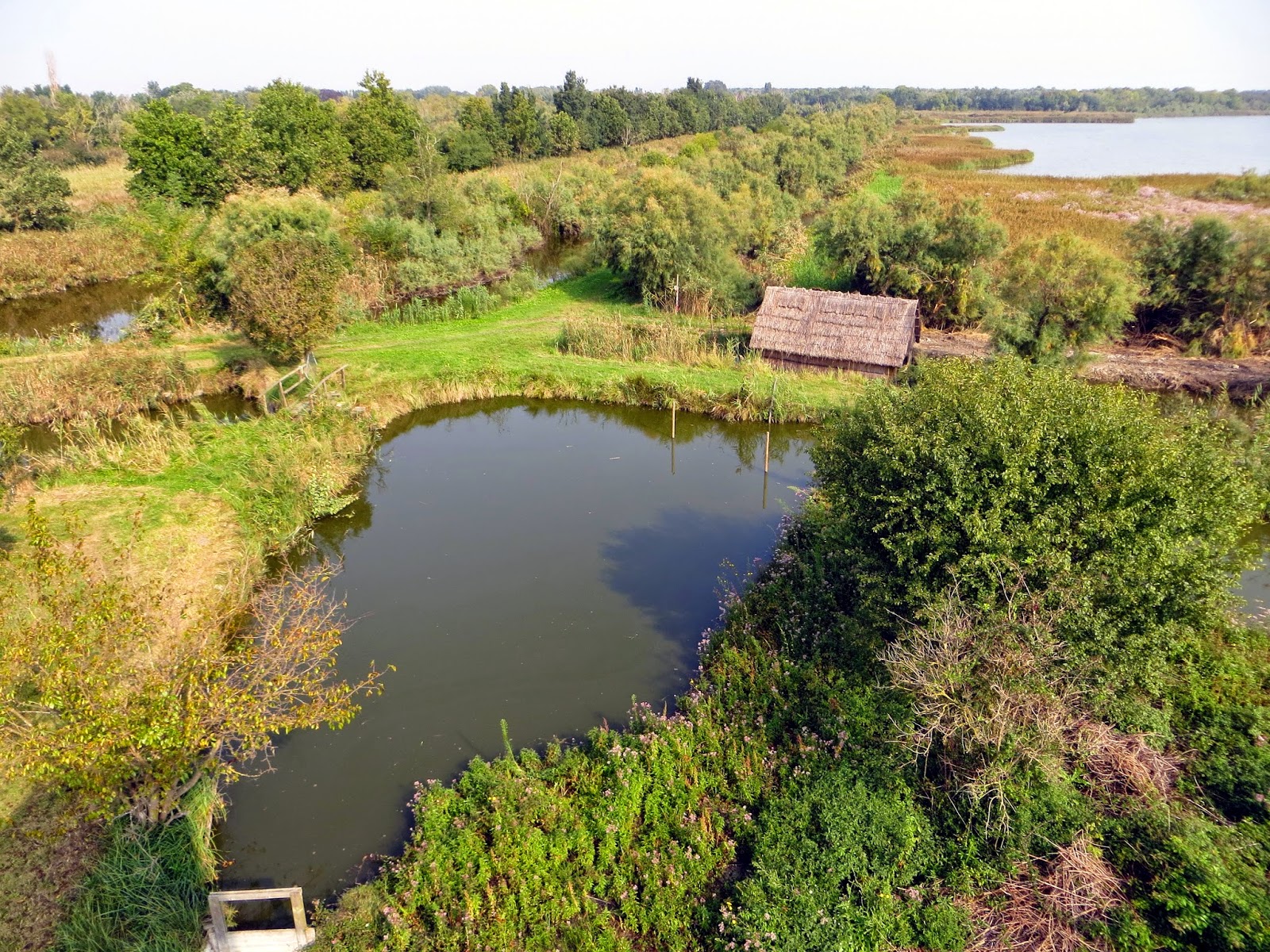
In the municipality of Campagna Lupia there is the naturalistic oasis of Valle Averto, 200 hectares of Venetian Lagoon managed by WWF.
Recognized by the Ministry of the Environment as an area of international importance, this environment allows to live an experience in the middle of nature not far from the villas of the Riviera.
Valle Averto is located on one of the wetlands of the lagoon used for extensive fish farming that has been present for centuries along the coast. Thanks to guided tours it is possible to discover places of particular beauty within a delicate ecosystem.
The vegetation is typical with tamarisk, willows, reeds and water lilies. A perfect place for birdwatchers given the large number of species of aquatic animals. In spring and summer you can for example admire the red heron, the marsh harrier, while in winter the white heron and the sea eagle.
The avifauna can be studied without disturbing the ecosystem thanks to the small observation towers hidden by black poplars, alders and ash trees.
An example of a typical Venetian fishing valley, closed to hunting in order to be preserved over time. A stop outside the conventional itineraries along the Riviera del Brenta and for this reason even more interesting to be included among the places to visit.
The footwear of the Riviera del Brenta
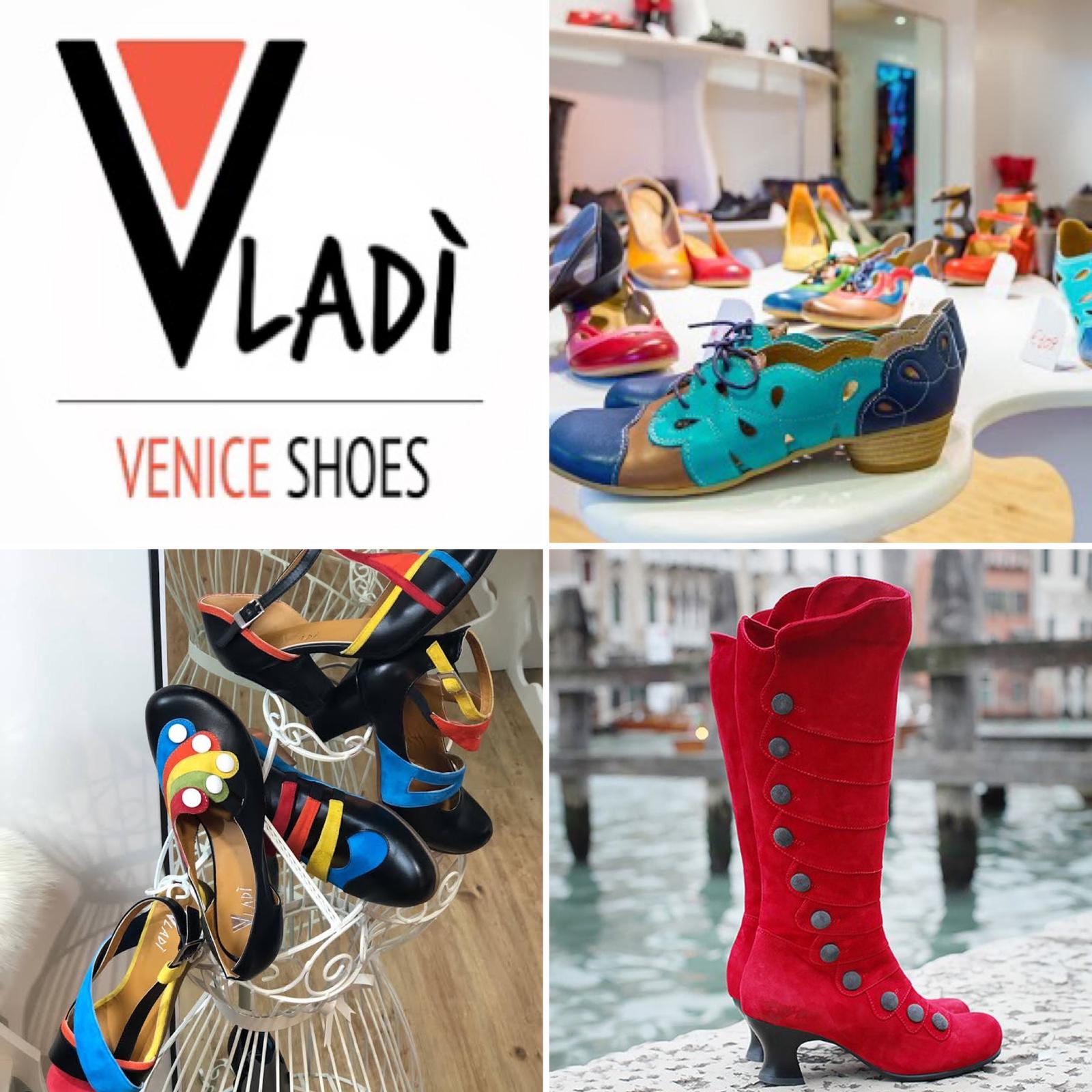
Today the Riviera del Brenta is an area that lives not only thanks to tourism but also and above all to the small and medium industries that are found there. The most famous sector is certainly the shoe industry that has made the production of shoes produced by real masters famous all along the Riviera. These handicraft works are known all over the world and have a history that goes back a long way back in time, that is to say to when the Venetian nobles, who used to go in summer to their residences on the banks of the Brenta, also brought shoemakers and cobblers with them. A category that in 1268 had founded a confraternity in Venice.
In the area of the Riviera del Brenta this type of handicraft has been handed down over time and transformed into a more articulated form of small industrial family business. Here the shoemaking activity since 1898, with the birth of the first mechanized industry, has developed to become a feather in the cap for this area of Veneto. Today the production of footwear is a real excellence of the territory with more than 500 companies in all the area and 10,000 employees, 90% of which are exported abroad. In fact, there are many famous names among brands and personalities who require custom-made footwear from the companies of the Riviera del Brenta.
A museum entirely dedicated to the world of footwear made in the Riviera del Brenta is housed in the beautiful Villa Foscarini in Stra. The collection gathers over 1500 models of luxury women's footwear made in over 70 years of activity and born from collaborations with prestigious fashion brands famous all over the world.
The Vladì Shoes shoe factory in Vigonovo (Ve) is certainly one of those that in producing shoes has for years put all the knowledge of an art that resists over time into the field. This company has understood that to be competitive it is extremely important to have a different way of understanding the trends of the moment. For the Vladì shoe factory, footwear is not just an accessory but a way for the wearer to express himself.
For this reason, customers are given the opportunity to customize their shoes by creating completely original models not only in shape, but also in colors. The high quality of the leather is also another fundamental element for the realization of a shoe able to make a difference on the market.
Vladì Shoes produces his shoes in Vigonovo and has a store in Venice:
Cannaregio 2340 - 30125 Venezia
Tel. +39 0412440084
store@vladishoes.it










Lascia un commento